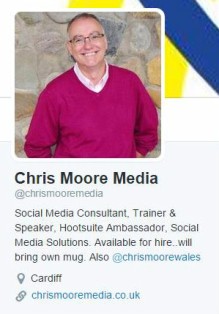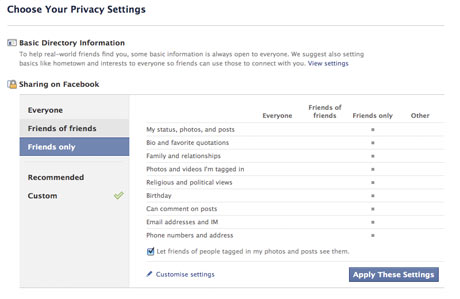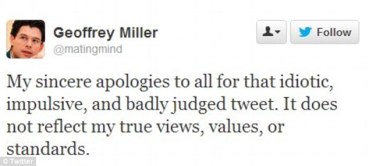This time we’re talking about using Social Media in the recruitment process and there are a number of aspects in the search for new staff that your digital channels can help with.
Let’s start with the use of Social platforms as a way to research background information on applicants, in my opinion a perfectly legitimate tactic. I have spoken to young people about how their digital footprint may affect employment opportunities in the future and in some instances find they feel it an imposition and an unfair practice. I think this is a modern mindset of a generation who deem it normal to publish their life online without the thought for protecting their privacy yet feel somehow hard done by when told that some aspects of their content could be detrimental to future prospects.
Using digital platforms to garner extra info on applicants is no different to what used to happen when businesses I’ve worked for discovered that a member of staff knew or had worked with an applicant for a current vacancy. You would ask their opinion of the person in question and would take that assessment of their positives and negatives into account.
Why wouldn’t you?
It should be noted however that employers be aware of context and time when carrying out checks on a candidate’s Social channels as both are important aspects to take into account. There is also the responsibility to follow legal guidelines on discriminating unfairly against a candidate after discovering information about them online.
It is worth noting the success that international infrastructure group Balfour Beatty has achieved using their Social channels, primarily LinkedIn, for recruitment. This is despite not setting up a LinkedIn channel until 2014. The company reported that their first recruitment ad on that platform saved them £10,000 in recruitment fees followed by a further £200,000 saving over the next 6 months.
They saw a 400% increase in followers over the same time and now use LinkedIn as their primary recruitment channel. This the reward for focussing on a site where they knew the talent of the future was looking to make contacts for future reference and employment.
Research carried out last year by Recruitment Box found that in 2010, 78% of recruiters were using LinkedIn to find candidates. 5 years later that percentage had risen to 95%. Similarly, 2010 saw just 14% of recruiters posting jobs on Twitter, it has also climbed to 95%. The potential for employee referrals on Twitter has also risen from 16% in 2010, to 93% in 2015.
This is an area that recruiters clearly see as very beneficial to finding the right candidate for their vacancies with 70% of them saying that they plan to increase their investment in social recruiting.
As with every aspect of Social interaction the base of it all is communication, a two way process. While you may be using your Social channels to advertise for and vet future employees, those people are also looking at your business and how your digital platforms represent you.
A company’s “talent brand” is being spoken of more and more of late. This is how their mission statement, vision and corporate culture are perceived on the social web. This plays a significant part in reducing a business’ hire costs and its ability to attract quality candidates. You can keep on top of this by ensuring that your Social channels portray a consistent business message in words, pictures or both.
You should make an effort to foster a workforce of “Brand Ambassadors”. Encourage your staff to talk about their positive experience of life at work on their own social channels, while also sharing the business’ content and success stories. According to a 2014 survey from Monster, 65% of respondents would consider an opportunity for a new job if they learned about it from a personal connection.
It has never been easier for businesses and organisations to build an exciting, vibrant image for themselves in the digital world and the more ways you can find to keep your Social platforms full of interesting, positive content the better when you are searching for new talent.













